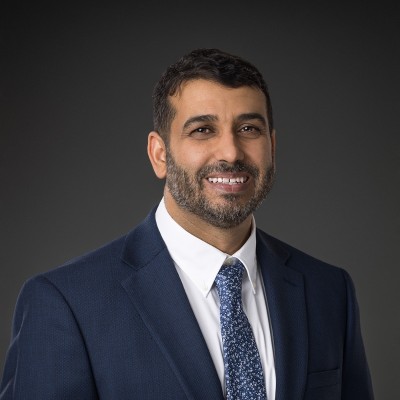
Posted by Imad on May 21, 2025, 10:05 am
Understanding the Types of Contracts in Project Management
When managing a project, you often need to bring in outside help — whether that’s hiring a vendor, buying materials, or outsourcing work. That’s where procurement contracts come into play.
Choosing the right type of contract is essential to protect your budget, schedule, and overall project success.
1. Fixed-Price Contracts (FP)
Fixed-price contracts lock in a set amount for the work — no matter how long it takes or how much it actually costs the contractor.
Subtypes of Fixed-Price Contracts:
• Fixed Total Cost: One price for the entire job.
• Fixed Unit Price: A price per unit (e.g., $100 per training manual).
• Fixed-Price with Incentive Fee: Bonus if the contractor finishes early or under budget.
• Fixed-Price with Price Adjustment: Accounts for inflation or price changes in materials (ideal for long-term projects).
📌 Best for: Clear and stable project scopes.
⚠️ Risk: Contractor assumes most of the financial risk.
2. Cost-Reimbursable Contracts (CR)
Also called “cost-plus” contracts, these reimburse the contractor for actual costs, plus a fee for profit.
Subtypes of Cost-Reimbursable Contracts:
• Cost Plus Fixed Fee (CPFF): A set fee added to reimbursed costs.
• Cost Plus Percentage Fee (CPPF): A percentage of the total cost is added as profit.
• Cost Plus Incentive Fee (CPIF): Bonus for reducing costs or exceeding performance goals.
• Cost Plus Award Fee (CPAF): Bonus is awarded based on subjective criteria, like client satisfaction or quality.
📌 Best for: Projects with uncertain or evolving scopes.
⚠️ Risk: The buyer takes on more financial risk.
3. Time and Materials Contracts (T&M)
T&M contracts charge based on hours worked plus the cost of materials used. These are often used when the scope isn’t fully known at the start or for smaller, short-term jobs.
📌 Best for: Flexible, fast-paced projects where precise scope is hard to define.
⚠️ Risk: Buyer carries most of the cost risk.
🧠 Final Thoughts
Understanding contract types helps project managers:
• Choose the right fit for the situation
• Control cost and risk
• Set clear expectations with vendors
Each contract type has pros and cons. The best choice depends on your project’s scope, timeline, risk level, and how well-defined your requirements are.
Choosing the right type of contract is essential to protect your budget, schedule, and overall project success.
1. Fixed-Price Contracts (FP)
Fixed-price contracts lock in a set amount for the work — no matter how long it takes or how much it actually costs the contractor.
Subtypes of Fixed-Price Contracts:
• Fixed Total Cost: One price for the entire job.
• Fixed Unit Price: A price per unit (e.g., $100 per training manual).
• Fixed-Price with Incentive Fee: Bonus if the contractor finishes early or under budget.
• Fixed-Price with Price Adjustment: Accounts for inflation or price changes in materials (ideal for long-term projects).
📌 Best for: Clear and stable project scopes.
⚠️ Risk: Contractor assumes most of the financial risk.
2. Cost-Reimbursable Contracts (CR)
Also called “cost-plus” contracts, these reimburse the contractor for actual costs, plus a fee for profit.
Subtypes of Cost-Reimbursable Contracts:
• Cost Plus Fixed Fee (CPFF): A set fee added to reimbursed costs.
• Cost Plus Percentage Fee (CPPF): A percentage of the total cost is added as profit.
• Cost Plus Incentive Fee (CPIF): Bonus for reducing costs or exceeding performance goals.
• Cost Plus Award Fee (CPAF): Bonus is awarded based on subjective criteria, like client satisfaction or quality.
📌 Best for: Projects with uncertain or evolving scopes.
⚠️ Risk: The buyer takes on more financial risk.
3. Time and Materials Contracts (T&M)
T&M contracts charge based on hours worked plus the cost of materials used. These are often used when the scope isn’t fully known at the start or for smaller, short-term jobs.
📌 Best for: Flexible, fast-paced projects where precise scope is hard to define.
⚠️ Risk: Buyer carries most of the cost risk.
🧠 Final Thoughts
Understanding contract types helps project managers:
• Choose the right fit for the situation
• Control cost and risk
• Set clear expectations with vendors
Each contract type has pros and cons. The best choice depends on your project’s scope, timeline, risk level, and how well-defined your requirements are.